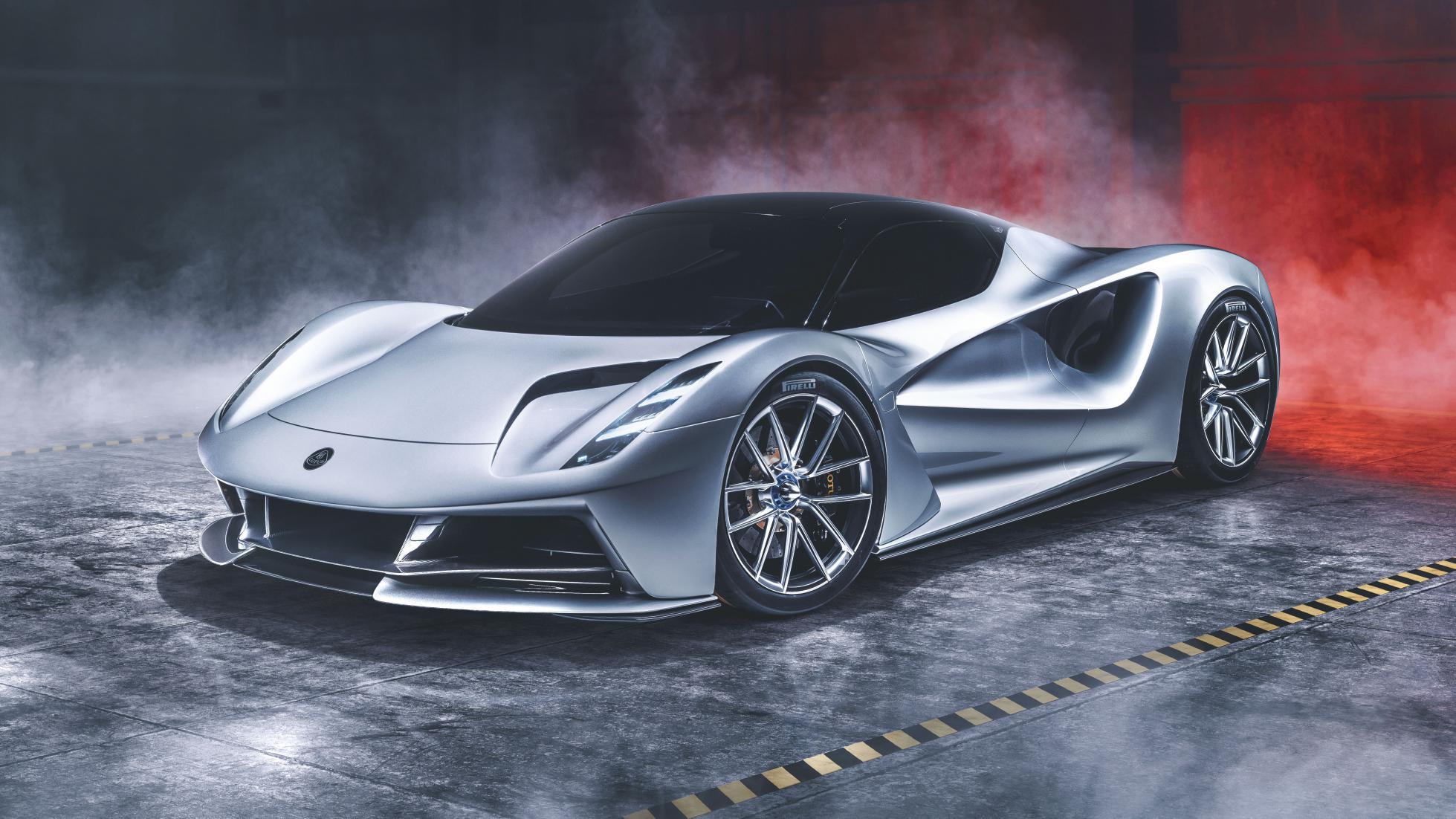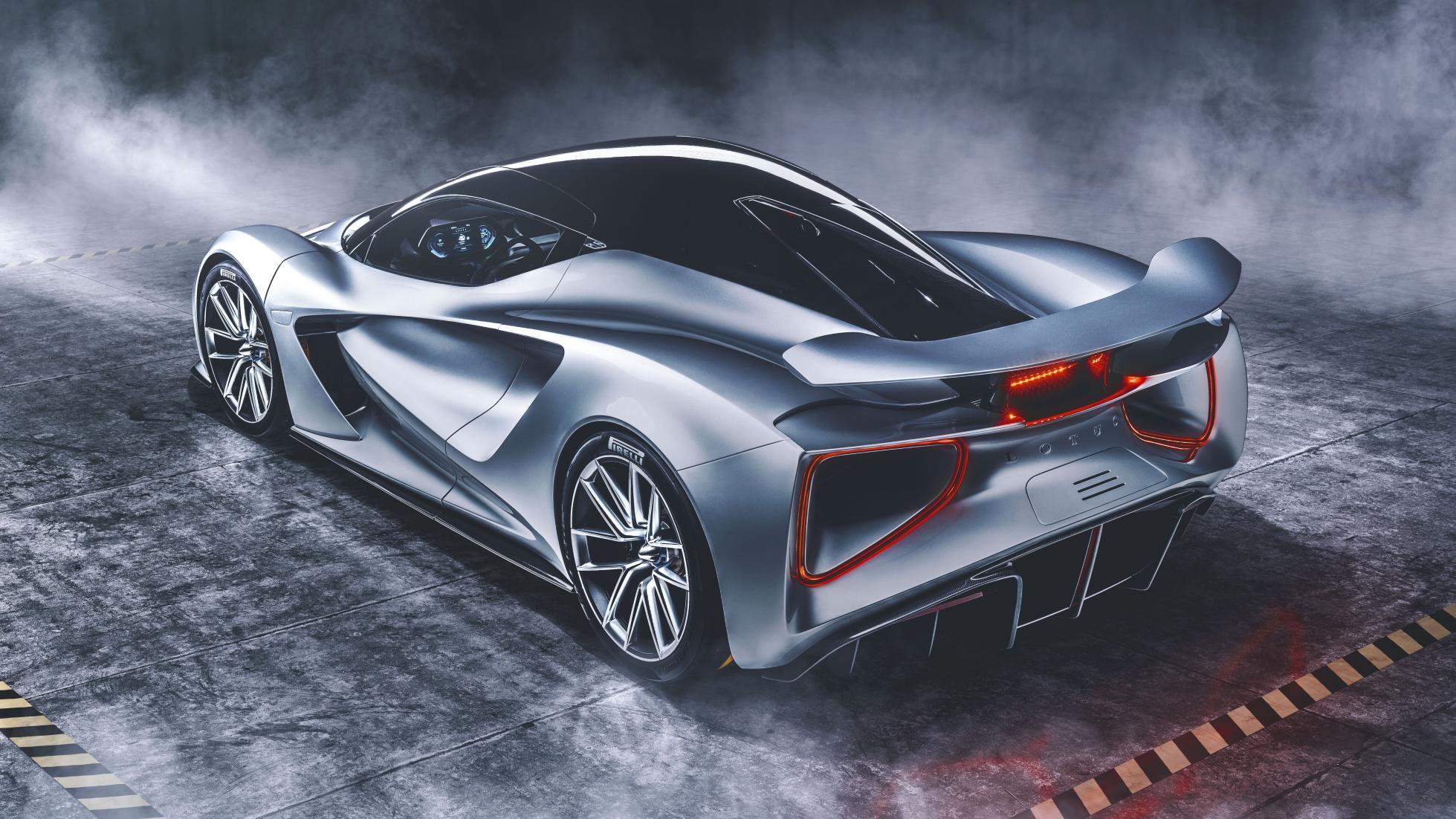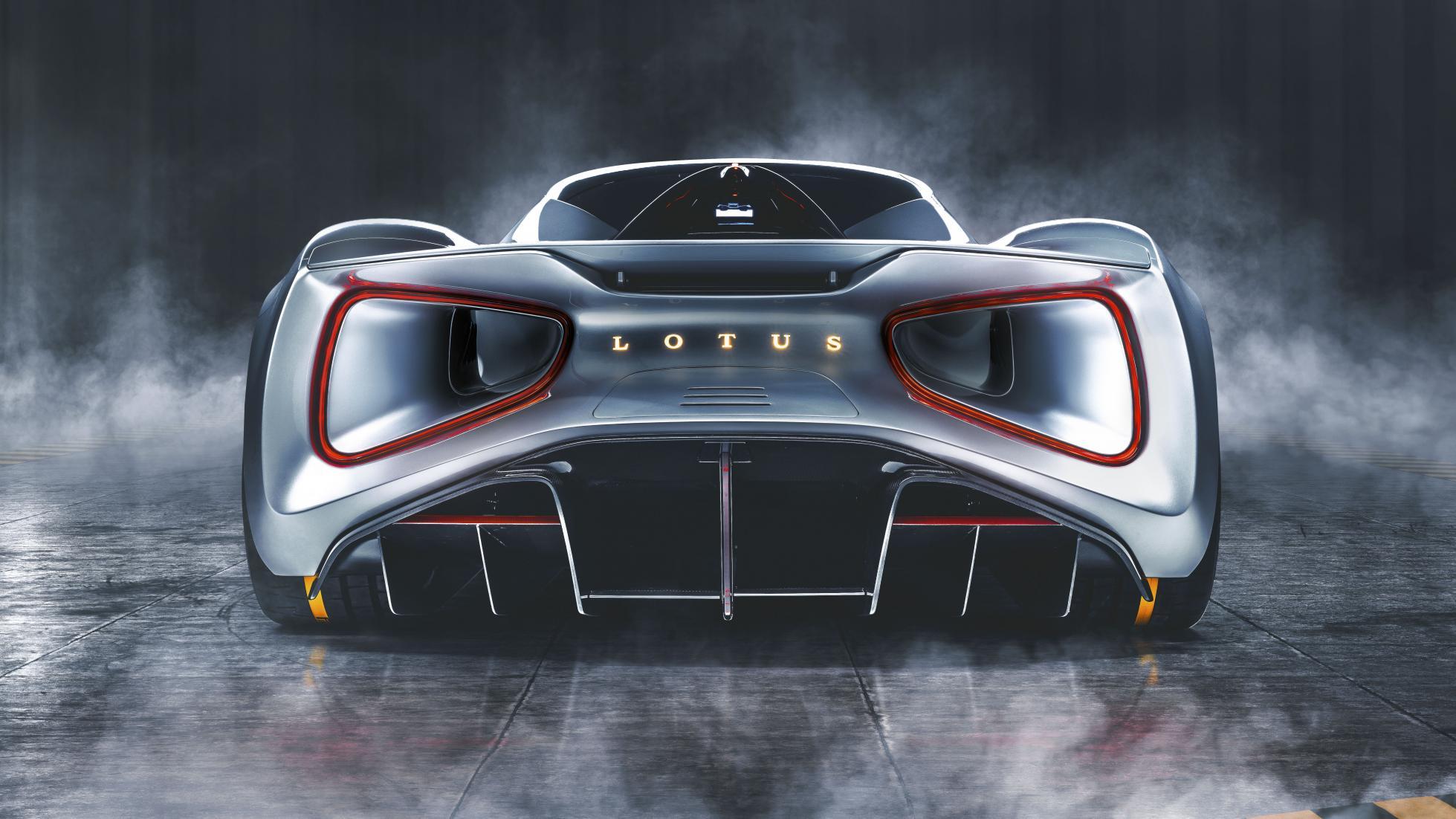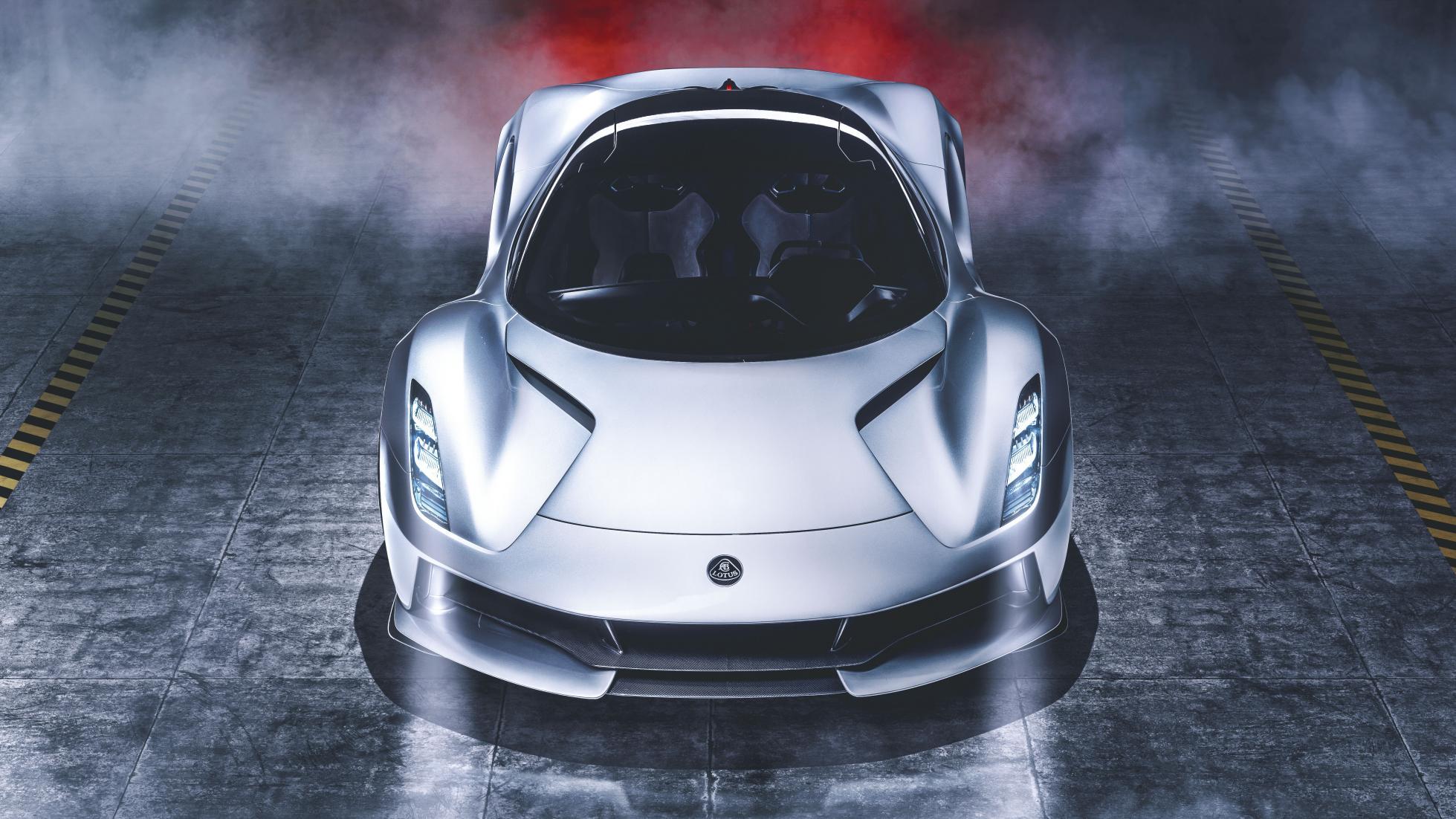The 2,000bhp Lotus Evija electric hypercar has copped its fair share of flack. Too heavy for a Lotus, too expensive for almost anyone, too fast for the road… have been the accusations, before one’s even been seen in public, let alone found its way to an owner.
So, the Lotus Evija is coming out fighting, with some aerodynamic trash talk. “Compared with a regular sports car, it’s like comparing a fighter jet to a child’s kite”. Ooof.

These are the words of someone who knows what they’re talking about when it comes to the dark art of downforce: Lotus’s chief aerodynamics of 30 years, Richard Hill. Lotus has released a video showing the pretty patterns its holey hypercar makes as it cleaves the air around it apart, and Hill has explained a little about how the Evija is going to stick to the road harder than the white lines themselves.
Richard says the Evija’s overall philosophy is “about keeping the airflow low and flat at the front and guiding it through the body to emerge high at the rear. Put simply, it transforms the whole car into an inverted wing to produce that all-important dynamic downforce”.
Besides looking wild, the Evija’s scalloped, tunnelled bodywork is there to help the car slip through the air like a greased frisbee. “Most cars have to punch a hole in the air, to get through using brute force, but the Evija is unique because of its porosity.
“The car literally ‘breathes’ the air. The front acts like a mouth; it ingests the air, sucks every kilogram of value from it – in this case, the downforce – then exhales it through that dramatic rear end. Those rear Venturi tunnels “feed the wake rearward to help cut drag. Think of it this way; without them the Evija would be like a parachute but with them it’s a butterfly net, and they make the car unique in the hypercar world.”
Lotus isn’t revealing the downforce figures yet, but promises they’re ‘phenomenal’. About time one of the 130 millionaires buying one of these machines started building a test track on the ceiling, we reckon…





